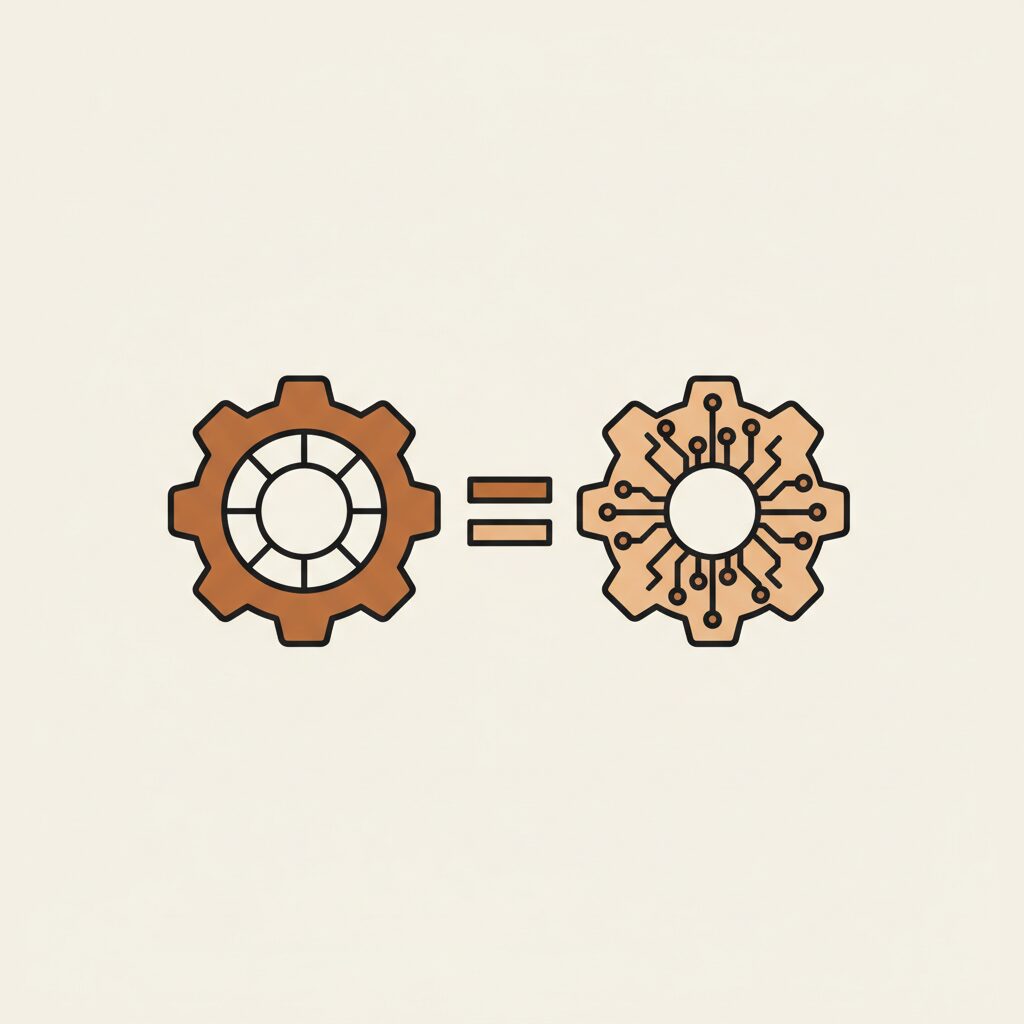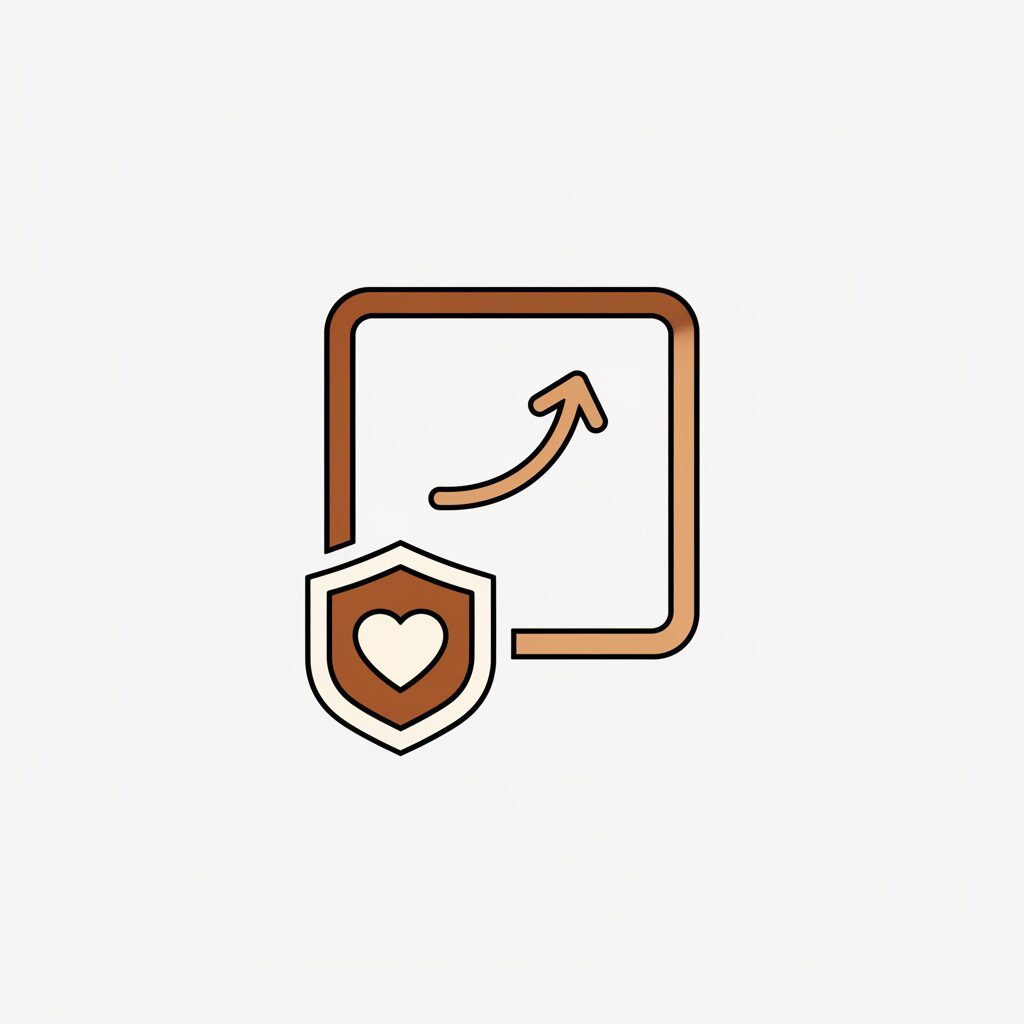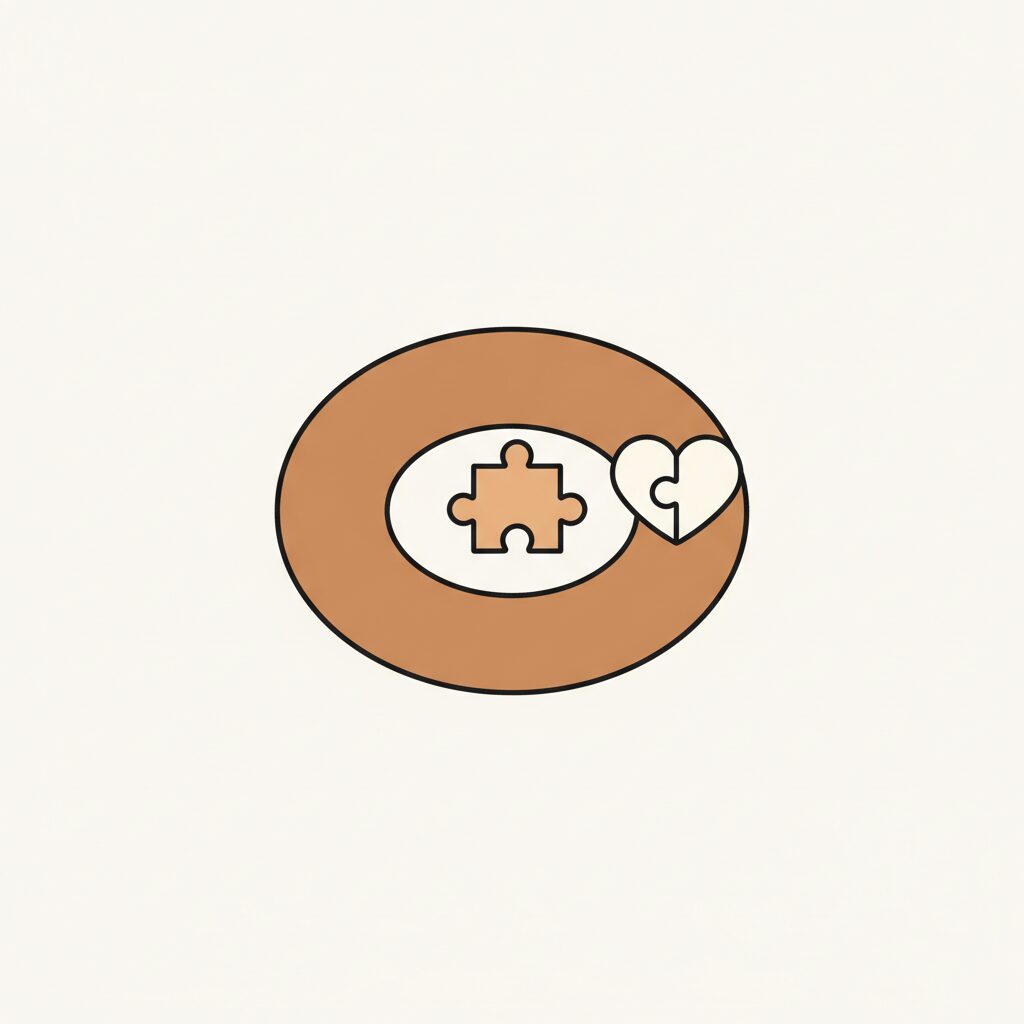
Reading about teams that treat AI as partners, not just tools, I had one of those dad ‘aha’ moments. Sound familiar? We’re not just talking about corporate life here—this is happening right in our playrooms with doodles drying on fridge doors. The real question isn’t whether our kids should use AI, but how we help them dance with it wisely.
Why Treat AI as Teammates, Not Just Tools?

Remember how calculators felt like magic math wands? Now imagine kids growing up with something that thinks instead of just crunching numbers. Studies reveal that when humans team up with AI performance improves—but here’s what made me pause: people chatted 29% less about life beyond tasks. Fewer ‘How was soccer?’ moments, more ‘Just fix these numbers’.
At home, picture your kid asking an AI to write a dragon story. Fantastic for sparking ideas! But what if they skip the messy brainstorming with you about why dragons hoard mismatched socks? That’s the difference between tools and teammates. AI shouldn’t whisper ‘I’ll handle this’—it should mumble ‘I can fix it… but let’s figure out the sock obsession together‘.
How to Set Guardrails with Grace (Not Fear)

Watching my kid try to ‘drive’ a toy car down stairs—full throttle, no brakes—taught me boundaries aren’t cages. They’re the safe runway for takeoff. Just like apps needing limits on what they can do, we want collaborative guardrails. Try: ‘This AI helps plan adventures, but we choose hiking over biking.’ Or ‘Let’s fact-check dinosaur suggestions before believing them.’ Now you’re not tech police—you’re co-pilots discovering together. Tiny detectives miss nothing when you model this! The other day I told my phone, ‘Your restaurant suggestion stinks—let’s find something together.’ The giggles from the backseat? Priceless.
What’s the Quiet Cost of ‘Too Smooth’ AI Interaction?

You know that unsettling feeling when Google Maps robs you of wrong-turn adventures? Human-AI teams in research handled tasks beautifully but lost collaboration’s messy magic—no shared laughs over typos or ‘Remember when?’ moments. Our kids face this when AI art apps make perfect cats. Where’s the charm in their potato-shaped masterpiece fridge art? Protect those sparks with connection pauses. After homework help, ask: ‘What would you teach it about fractions?‘ or ‘Draw what the dragon’s cave smelled like!’ Not anti-tech—pro-human. The real treasure lies in what we build together.
Homework for Parents: Two Questions That Change Everything

Now, here’s a truth as squishy as banana snacks—AI won’t replace you, but it might reshape how we approach teaching. Companies invest in ongoing AI ‘training’ (fancy talk for ‘we’re winging this too’). Let’s flip the script:
- ‘What’s one thing this AI totally missed about you today?‘ Reveals sneaky biases like apps assuming princesses all wear sparkles.
- ‘If this tool could do ONE thing better for us, what?‘ Forget features—ask for ‘help remember grandma’s birthday’ or ‘make Dad’s jokes funnier.’
These aren’t pop quizzes—they’re doorway chats about ethics and identity worth having over snacks (slightly crushed goldfish crackers totally count). Each answer’s a breadcrumb on this ongoing treasure hunt. Next time you hear AI giggles drifting from your living room, smile—you’re already navigating this adventure.
Source: Your smartest employee might not be human, TechRadar, 2025/09/01
